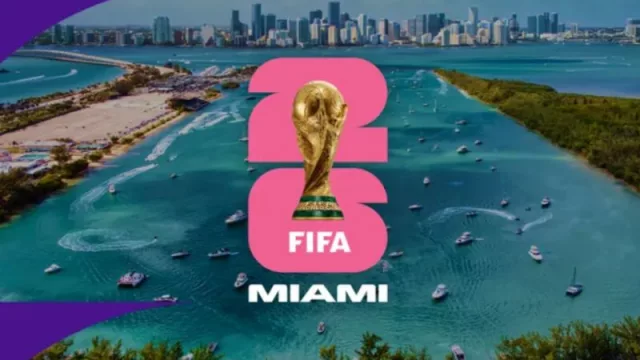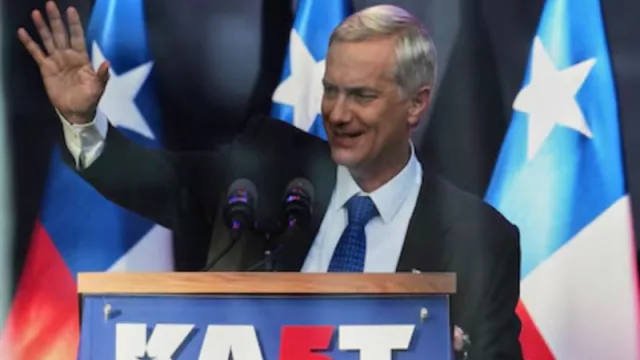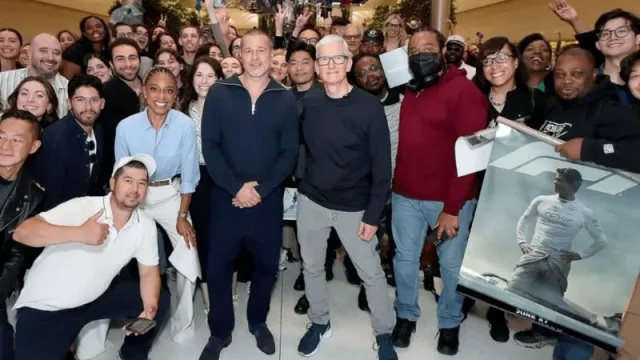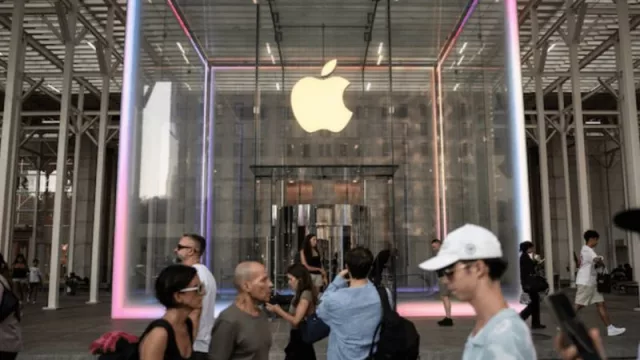Summary:
-
The disqualifications of Charles Leclerc, Lewis Hamilton, and Pierre Gasly from the 2025 Chinese Grand Prix have left a lasting impact on the Formula 1 championship. This incident underscores the importance of technical precision and strict adherence to FIA regulations. For the teams, these errors are costly in terms of points and reputation, but they also present opportunities for other drivers and teams. Reflect on how these events can influence your business decisions and bets, and stay tuned for future competitions to see how the teams adjust their strategies.
-
Charles Leclerc and Lewis Hamilton of Ferrari, and Pierre Gasly of Alpine, were disqualified from the 2025 Chinese GP for breaching the FIA's technical regulations. Leclerc and Gasly did not meet the minimum weight requirement, while Hamilton was penalized for excessive wear on the skid block. This incident has had a significant impact on the championship standings and elevated other drivers on the points table.
The Disqualification of Leclerc and Gasly:
The Minimum Weight. Charles Leclerc and Pierre Gasly were disqualified from the Chinese Grand Prix for failing to meet the minimum weight required by Article 4.1 of the FIA Technical Regulations. During post-race checks, both drivers' cars weighed 799 kg after fuel removal, one kilogram below the minimum limit of 800 kg. In Leclerc's case, a damaged front wing was replaced with a spare during weighing, which was insufficient to meet the required weight.
Follow us on: IG: @infonegociosmiami
The Case of Lewis Hamilton: The Skid Block Wear
Lewis Hamilton, on the other hand, was disqualified due to excessive wear on the rear skid block of his car. Hamilton's skid block was measured at between 8.5 and 8.6 mm thick, depending on the measurement point, exceeding the allowed wear limit of 1 mm and falling below the required minimum of 9 mm. This incident echoes George Russell's disqualification at last year's Belgian Grand Prix for a similar infringement.
Impact on the Championship Standings
The disqualification of Leclerc and Hamilton, who had finished fifth and sixth respectively, has had a significant impact on the championship standings. Both drivers lose their points, which is a harsh blow to Ferrari. Gasly, who had finished eleventh, also loses his position, although he was not in the points zone. As a result, Esteban Ocon rises to a sensational fifth position for Haas, while Kimi Antonelli, Alex Albon, and Oliver Bearman also advance on the table. Lance Stroll of Aston Martin and Carlos Sainz of Williams move up to the last point-scoring positions.
Analysis of Causes and Consequences
The disqualifications of Leclerc and Gasly seem to be a repeat of George Russell's exclusion after winning last year's Belgian Grand Prix, also for not meeting the weight limit. In both cases, a race planned for two stops turned into a one-stop, with additional tire wear likely making the weight more marginal than anticipated. In 2023, both Hamilton's Mercedes and Leclerc's Ferrari were disqualified at the United States Grand Prix in Austin for excessive skid block wear, suggesting a pattern of recurring technical issues.
Reactions from Teams and Drivers
During hearings with the stewards, neither Ferrari's nor Alpine's representatives could justify the oversight. "During the hearing, the team representative confirmed that the measurement is correct and that all required procedures were carried out correctly," the stewards noted in each case. "The team also acknowledged that there were no mitigating circumstances and that it was a genuine team error." This admission of guilt by the teams underscores the importance of technical precision in Formula 1.
Implications for Sponsors and Brand
Disqualifications have implications beyond the track. The sponsors of the affected teams may be influenced by these incidents, as brand image and technical reliability are crucial in the motorsport world. For anglophone-Latinos interested in business opportunities in this sector, it is essential to monitor how these events can affect the teams' marketing and sponsorship strategies.
Frequently Asked Questions (FAQs):
-
Why were Leclerc and Gasly disqualified?
Leclerc and Gasly were disqualified because their cars weighed 799 kg after fuel removal, one kilogram below the minimum limit of 800 kg required by Article 4.1 of the FIA Technical Regulations.
-
What was the reason for Lewis Hamilton's disqualification?
Hamilton was disqualified due to excessive wear on the rear skid block of his car, which was measured at between 8.5 and 8.6 mm thick, below the required minimum of 9 mm.
-
What impact did the disqualification have on the championship standings?
Leclerc and Hamilton lost their points, negatively affecting Ferrari. Other drivers like Esteban Ocon, Kimi Antonelli, Alex Albon, and Oliver Bearman moved up the table, while Lance Stroll and Carlos Sainz moved up to the last point-scoring positions.
-
What have the teams said about the disqualifications?
The representatives of Ferrari and Alpine acknowledged that there were no mitigating circumstances and that it was a genuine team error.
-
How can these disqualifications affect sponsors?
Disqualifications can impact the brand image and technical reliability of the teams, which could influence sponsor decisions.
Subscribe to Infonegocios Miami:
https://infonegocios.miami/suscribite-al-newsletter
Contact Infonegocios MIAMI:












Tu opinión enriquece este artículo: